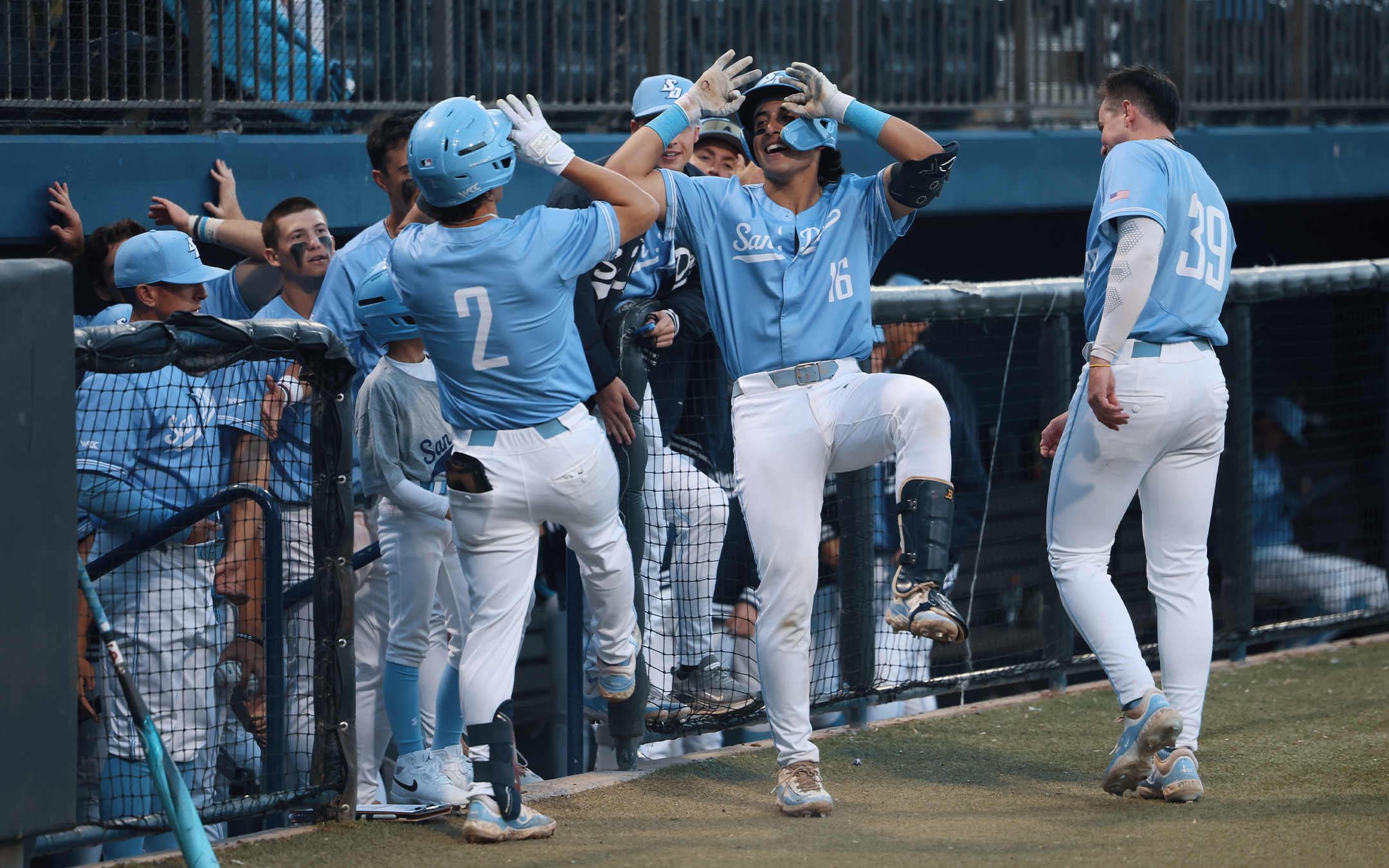An innovative testing program for students, teachers, and staff could make the Chula Vista Elementary School District a model for the nation when it comes to the transition back into classrooms.
The district is in talks with Kahala Biosciences, an Irvine based company made up of doctors and medical device experts, who use rapid diagnostic testing to help companies bring employees back to the workplace safely.
Kahala now wants to expand its reach into the school system by testing roughly 10,000 students, teachers and staff members in Chula Vista.
The Chula Vista Elementary School District is the largest elementary school district in the state of California with more 30,000 students, it also happens to be a district surrounded by high rates of COVID-19 infection.
"The reason why Chula Vista is very important to us at Kahala is because of its high rate and if you follow the stats, they're reporting roughly 1,600 cases per 100,000, which puts them at least 50% higher than San Diego at large," said Dr. Francis Duhay, Kahala Biosciences CEO.
Chula Vista starts the new school year Monday with distance learning but is already working on a plan to transition kids back to campus as soon as safely possible.
The partnership with Kahala would be a key part of their blueprint, but participation would be entirely voluntary.
Local
"I do believe with the right type of education people would want to be tested,” said Chula Vista Elementary School District Superintendent Francisco Escobedo. “We all want to beat this COVID-19 virus, I want to go back to a sense of normalcy.”
Along with an initial antibody test to determine previous infection and three separate viral tests spaced two weeks apart, participants would fill out a daily symptom checklist on a smartphone app developed by Kahala.
The program called “Adiona” would tally the results and may instruct students or teachers to stay home depending on the score of their symptom inventory.
But, the broader results would give campus decision makers valuable data over the 6-week study.
“So that gives you a sense of control and understanding as to whether it's safe to stay at school or not stay at school," said Escobedo.
The possible partnership comes from a personal place.
District employee Mike Minjares had COVID-19 back in April and is long-time friends with Kahala's chief medical officer.
A conversation between the two men turned into dreams of something bigger and brings us to the start of the school year with details now being hammered out in hopes of establishing a memorandum of understanding to be voted on by district board members at their next meeting in September.
Perhaps the biggest selling point for Chula Vista: Kahala won't charge the district for the services.
"Their ability to do all of this virtually for free is amazing. I mean we have a district up north spending about $150 million to get their people tested," said Escobedo, referring to the Los Angeles Unified School District.
"By executing on the Chula Vista project in a very high-quality way and gaining that information to answer these questions, then we'll be able to establish the way schools should be reopened," said Duhay.
The Superintendent said with proper testing, PPE in place, and a continuing reduction in positive cases, he is hopeful the district may be able to return to students to classrooms by October or November.



